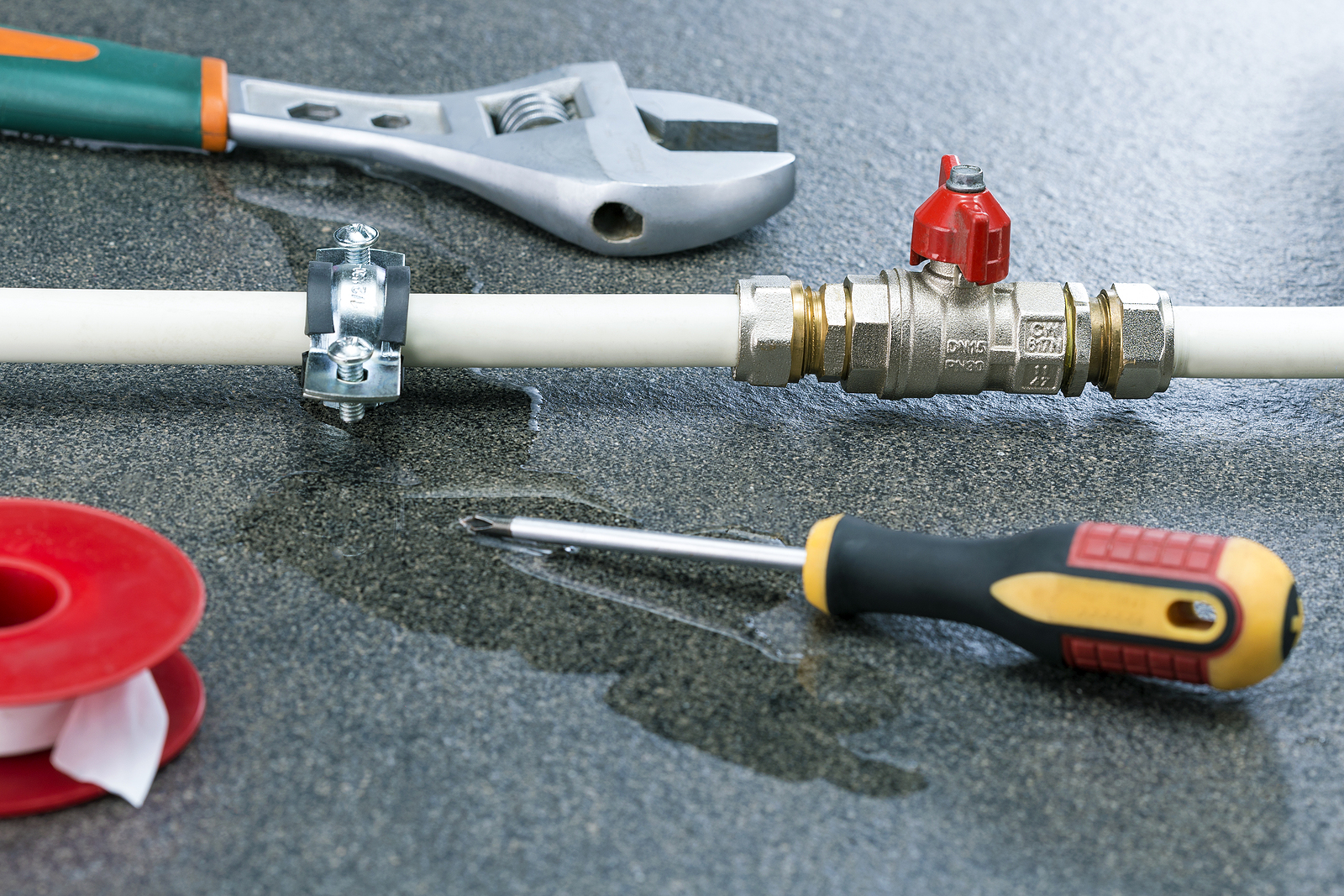Unearthing Sneaky Water Line Leaks: 6 Effective Techniques
Unearthing Sneaky Water Line Leaks: 6 Effective Techniques
Blog Article
Just about everyone maintains their own thinking involving Leaking water lines.

Early discovery of leaking water lines can mitigate a possible catastrophe. Some tiny water leakages may not be noticeable.
1. Take A Look At the Water Meter
Every home has a water meter. Checking it is a surefire manner in which assists you discover leakages. For beginners, turn off all the water resources. Make sure no person will certainly purge, utilize the tap, shower, run the washing equipment or dishwashing machine. From there, most likely to the meter and watch if it will certainly change. Considering that no person is using it, there ought to be no activities. If it moves, that shows a fast-moving leak. If you discover no adjustments, wait a hr or 2 as well as examine back again. This implies you might have a slow-moving leak that might also be below ground.
2. Inspect Water Intake
Assess your water costs and track your water intake. As the one paying it, you should observe if there are any type of discrepancies. If you identify sudden changes, despite your intake being the same, it suggests that you have leaks in your plumbing system. Keep in mind, your water bill must drop under the same array monthly. An abrupt spike in your costs shows a fast-moving leak.
At the same time, a steady boost every month, despite the same routines, shows you have a sluggish leakage that's also slowly escalating. Call a plumber to completely inspect your home, particularly if you feel a cozy area on your flooring with piping beneath.
3. Do a Food Coloring Test
When it comes to water usage, 30% comes from commodes. If the color somehow infiltrates your bowl during that time without flushing, there's a leakage between the tank and bowl.
4. Asses Exterior Lines
Don't fail to remember to inspect your outside water lines as well. Test spigots by attaching a yard tube. Needs to water permeate out of the link, you have a loose rubber gasket. Replace this and also make certain all links are tight. If you've obtained an automatic sprinkler, it will certainly assist get it expertly examined and also preserved yearly. One little leakage can throw away lots of water and also surge your water expense.
5. Examine the circumstance and also evaluate
Property owners need to make it a behavior to examine under the sink counters and also inside cupboards for any type of bad odor or mold and mildew growth. These two red flags show a leak so punctual focus is called for. Doing routine examinations, also bi-annually, can save you from a major issue.
Extra importantly, if you know your home is already old, keep a watchful eye on your heating units, tubes, pipelines and so on. Look for stainings and also deteriorating as many pipelines and home appliances have a life span. They will certainly likewise naturally deteriorate as a result of wear and tear. Don't wait for it to rise if you think leaking water lines in your plumbing system. Call a specialist plumber right now so you don't wind up with a terrible mess in your home.
Early detection of leaking water lines can reduce a prospective catastrophe. Some tiny water leaks may not be noticeable. Examining it is a proven means that assists you find leaks. One little leakage can lose lots of water and spike your water costs.
If you think dripping water lines in your plumbing system, don't wait for it to intensify.
WARNING SIGNS OF WATER LEAKAGE BEHIND THE WALL
PERSISTENT MUSTY ODORS
As water slowly drips from a leaky pipe inside the wall, flooring and sheetrock stay damp and develop an odor similar to wet cardboard. It generates a musty smell that can help you find hidden leaks.
MOLD IN UNUSUAL AREAS
Mold usually grows in wet areas like kitchens, baths and laundry rooms. If you spot the stuff on walls or baseboards in other rooms of the house, it’s a good indicator of undetected water leaks.
STAINS THAT GROW
When mold thrives around a leaky pipe, it sometimes takes hold on the inside surface of the affected wall. A growing stain on otherwise clean sheetrock is often your sign of a hidden plumbing problem.
PEELING OR BUBBLING WALLPAPER / PAINT
This clue is easy to miss in rooms that don’t get much use. When you see wallpaper separating along seams or paint bubbling or flaking off the wall, blame sheetrock that stays wet because of an undetected leak.
BUCKLED CEILINGS AND STAINED FLOORS
If ceilings or floors in bathrooms, kitchens or laundry areas develop structural problems, don’t rule out constant damp inside the walls. Wet sheetrock can affect adjacent framing, flooring and ceilings.
https://www.servicemasterbyzaba.com/blog/how-to-detect-water-leakage-in-walls/

As an enthusiastic reader about Locating water leaks, I assumed sharing that excerpt was a good idea. Sharing is good. Helping people is fun. Thanks for your time invested reading it.
Get Offer Report this page